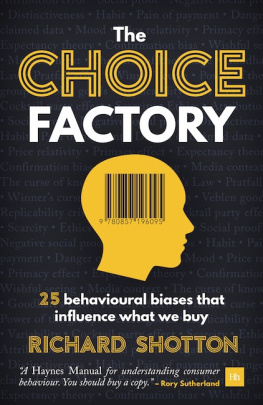
Table of Contents
This edition first published 2013
2013 John Wiley & Sons
Registered office
John Wiley & Sons Ltd, The Atrium, Southern Gate, Chichester, West Sussex, PO19 8SQ, United Kingdom
For details of our global editorial offices, for customer services and for information about how to apply for permission to reuse the copyright material in this book please see our website at www.wiley.com.
All rights reserved. No part of this publication may be reproduced, stored in a retrieval system, or transmitted, in any form or by any means, electronic, mechanical, photocopying, recording or otherwise, except as permitted by the UK Copyright, Designs and Patents Act 1988, without the prior permission of the publisher.
Wiley publishes in a variety of print and electronic formats and by print-on-demand. Some material included with standard print versions of this book may not be included in e-books or in print-on-demand. If this book refers to media such as a CD or DVD that is not included in the version you purchased, you may download this material at http://booksupport.wiley.com. For more information about Wiley products, visit www.wiley.com.
Designations used by companies to distinguish their products are often claimed as trademarks. All brand names and product names used in this book are trade names, service marks, trademarks or registered trademarks of their respective owners. The publisher is not associated with any product or vendor mentioned in this book.
Limit of Liability/Disclaimer of Warranty: While the publisher and author have used their best efforts in preparing this book, they make no representations or warranties with the respect to the accuracy or completeness of the contents of this book and specifically disclaim any implied warranties of merchantability or fitness for a particular purpose. It is sold on the understanding that the publisher is not engaged in rendering professional services and neither the publisher nor the author shall be liable for damages arising herefrom. If professional advice or other expert assistance is required, the services of a competent professional should be sought.
Library of Congress Cataloging-in-Publication Data
[9781118345603]
A catalogue record for this book is available from the British Library.
ISBN 9781118345603 (hardback) ISBN 9781118345573 (emobi)
ISBN 9781118345580 (epdf) ISBN 9781118345597 (epub)
Cover design: Jason Anscomb
For Luke and Jack
Foreword
If it seems strange to open the foreword to a book about marketing by making reference to a 16th-century Danish astronomer, please do bear with me for a moment.
Tycho Brahe (15461601) is now credited by many historians of science as being the man who made the work of Kepler and Newton possible.
The formulation of the laws of physics which have proved so useful in the physical sciences was possible only because of Brahes work in cataloguing the movements of celestial bodies. Without the hoard of empirical data amassed by Brahe, the theories propounded by his student Kepler or by Newton may never have come about. Or equally likely other theories may have appeared and persisted which were plausible and expedient, but simply wrong.
Quite a few people, among them the economist Paul Ormerod, have used this point to make a fairly damning attack on conventional economic theory. And with good reason. The theory of human action advanced by neo-classical economics is not founded on any empirical observation of how people make decisions, or on any research into neuroscience: instead, unlike the advances in astronomy and physics, where observation led to theory, the process was made to work the other way round: a plausible theory was developed of how human beings should make economic decisions, and a whole body of work was then constructed by extrapolation from these initial assumptions.
But these assumptions, though convenient, may turn out to be almost entirely wrong. People do not make decisions based on perfect information; they do not compare value between different categories; and they are not unaffected by the behaviour of other people (or by their own past behaviour) when making their decisions. Nor are their preferences or ideas of value unaffected by context. Once you acknowledge these truths, the whole mathematical edifice of economic thought starts to crack at the foundations.
But a similar accusation could be levelled at the (considerably feebler) school of thought that drives most marketing decision making. Marketing seldom attempts to be much of a science in any case, but, when it does, it certainly does not attempt to be an empirical science. Again, like economics, it takes an assumption on how people should be influenced in any course of action and then constructs a whole set of rules derived from that initial assumption. It also decides its actions on the basis of a spectacularly dangerous delusion: that people know and can accurately describe the mental mechanisms underlying their decisions and actions.
What Phil has done with this book is to fire a powerful and timely salvo in the battle against this backwards approach.
So, while this is ostensibly a book about marketing, it has implications for fields far beyond it. The book collates a large body of scientific evidence which shows that people do not make decisions in the way marketers (or economists) commonly and simplistically assume. So, just as economics has often been blind to a wide range of human emotions and tendencies (such as regret, loss aversion, contagion or the endowment effect), it seems that marketers have been similarly blind to a whole range of unconscious influences on human decision making (such as context, goal dilution, path dependency or framing).
For this reason, the book and its wealth of case studies and citations is invaluable to marketers and to anyone working in an ad agency, in a digital agency, in market research or in media. But it is also of importance to anyone who seeks to understand people, their perceptions and their motivations: politicians, policy makers, retailers, product designers, financial regulators, legislators and businesses of every kind.
And I very much hope these other people discover the book. For I rather suspect it may gain more traction there than within the marketing and advertising community. Why? Because, to be frank, the record of the marketing services community to what seems to be a Copernican revolution in the behavioural sciences has so far been mostly notable by its absence. The past reaction to earlier work by Ehrenberg, Jones, Stephen King and so on which challenges assumptions with real empirical evidence suggests that marketers may do what they usually do: show great interest and appreciation of this new information, before carrying on doing what they have always done. Yes, all very good, Phil, but Im behind target for the month on my Facebook Likes.
Or, as Upton Sinclair observed long before the concept of loss aversion had been scientifically observed: It is difficult to get a man to understand something when his salary depends upon his not understanding it.
But lets not despair quite yet. First of all this book is unusual in that it is not only a very useful collection of observations, it also explains what we should do in response. It is more than just a new way of looking at the marketing universe, valuable though that is: it is also an eminently practical handbook which tells you what to do differently in response.
Next page
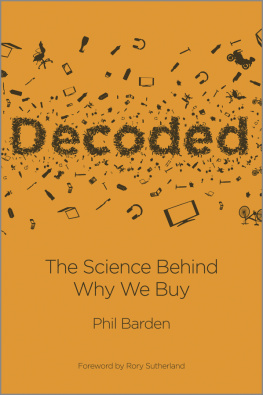

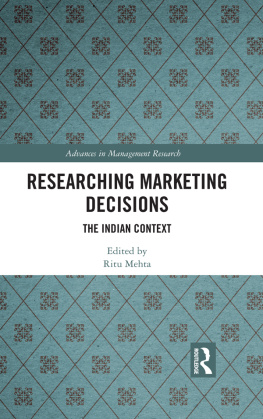

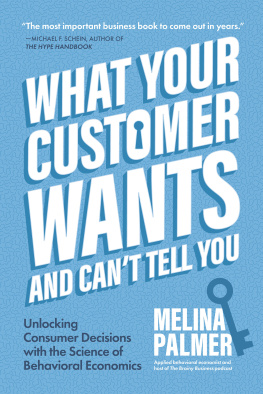


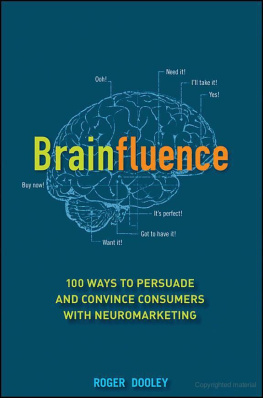
![Nathalie Nahai [Nathalie Nahai] - Webs of Influence: The Psychology of Online Persuasion, 2nd Edition](/uploads/posts/book/124053/thumbs/nathalie-nahai-nathalie-nahai-webs-of.jpg)
